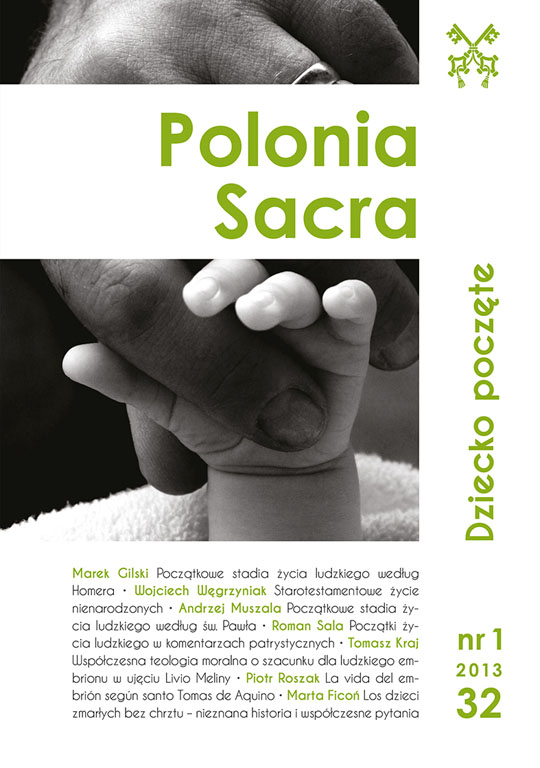Ora sive labora?
DOI:
https://doi.org/10.15633/ps.358Słowa kluczowe:
modlitwa nieustanna, praca, duchowość laikatu, modlitwaAbstrakt
Reflecting upon the relationship between prayer and work the Author of the article refers to the well known Benedictine formula “ora et labora”. It is to emphasize that both, prayer and work should find a proper place in a Christian’s life. Since the accents can be optional, the Author claims that within the incarnational spirituality the lay Christians may identify themselves rather with the reverse order of this formula: “labora et ora”. However we should never separate these two options neither put them in the form: “ora sive labora”, which has been provocatively used in the title of this paper. The true masterpiece of the lays’ life is to perform duties of Martha in the spirit of Mary, which does not necessarily mean the focus on God during one’s work. It’s often even impossible. The work itself done professionally and with the proper intention can become a form of ontological worship, unless one would neglect the prayer itself. Nourished with prayer the theologal love makes all activities a form of adoration of God, transforming life into the constant prayer.Pobrania
Opublikowane
2013-07-12
Numer
Dział
Artykuły
Licencja
Prawa autorskie (c) 2013 Wojciech Zyzak

Utwór dostępny jest na licencji Creative Commons Uznanie autorstwa 4.0 Międzynarodowe.
Autorzy publikujący w czasopiśmie udzielają jego wydawcy zgody o następującej treści:
- Autor zachowuje autorskie prawa majątkowe do utworu, a jednocześnie udziela wydawcy czasopisma zgody na jego pierwszą publikację w wersji drukowanej i wersji online na licencji Creative Commons Uznanie autorstwa 4.0 Międzynarodowe oraz zgody na wykonywanie opracowań, w tym przekładów.
- Autor ma możliwość udzielania zgody niewyłącznej na opublikowanie utworu w wersji, która ukazała się w czasopiśmie (np. zamieszczenia go w repozytorium instytucjonalnym lub opublikowania w książce), wraz z informacją o jego pierwszej publikacji w czasopiśmie.
- Autor może umieścić swój utwór online (np. w repozytorium instytucjonalnym lub na swojej stronie internetowej) jeszcze przed zgłoszeniem utworu do czasopisma.
Jak cytować
Zyzak, W. (2013). Ora sive labora?. Polonia Sacra, 17(1), 211–230. https://doi.org/10.15633/ps.358

